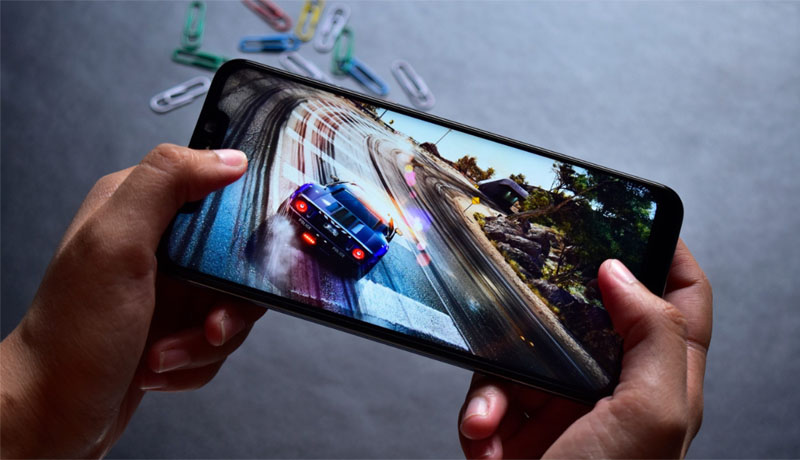
In the panorama of digital entertainment, a silent juggernaut has been gathering momentum: mobile gaming. From casual swipes on Candy Crush to competitive bouts on PUBG Mobile, smartphones have reshaped the contours of the gaming world. But why is mobile gaming not just a trend but a definitive future of the gaming industry? Let’s dissect the reasons.
1. Universality of Smartphones
The primary driver for mobile gaming’s massive surge is the ubiquity of smartphones. As per data, billions of people own smartphones worldwide. In contrast, gaming consoles and PCs have a more limited reach. The sheer volume of potential gamers on mobile platforms is unmatched.
2. Economic Accessibility
While high-end gaming requires investing in consoles or powerful PCs, which can cost hundreds to thousands of dollars, mobile games often are free-to-play or come at a fraction of the price. This economic model has made gaming accessible to a vast number of people who might never have considered buying a gaming-specific device.
3. Evolution of Mobile Technology
Modern smartphones boast hardware specs that rival some PCs. With powerful GPUs, high RAM capacities, and expansive displays with high refresh rates, phones today can handle graphically intense games with ease. This technological leap has paved the way for AAA gaming experiences on mobile platforms.
4. Diverse Gaming Library
From simple puzzle games to intricate MMORPGs, the variety of games available on mobile platforms is staggering. This diversity ensures that there’s something for everyone, from casual gamers who play intermittently to hardcore gamers who invest hours daily.
5. Flexibility and Portability
Unlike stationary consoles or desktop PCs, smartphones allow gamers to engage with their favorite games anytime, anywhere. This convenience is a game-changer, particularly for busy individuals who can’t dedicate extended hours at a stretch to gaming.
6. Flourishing Indie Developer Scene
The mobile gaming platform has lowered the entry barriers for game developers. As a result, the indie game development scene has flourished. Some of the most innovative and fresh gaming experiences, like Monument Valley or Stardew Valley, have emerged from indie developers targeting mobile platforms.
7. Integration with Other Technologies
AR (Augmented Reality) games like Pokémon GO are just the tip of the iceberg. The potential for integrating mobile games with other emerging technologies such as VR (Virtual Reality) and MR (Mixed Reality) hints at a future filled with immersive gaming experiences that blend the real and virtual worlds seamlessly.
8. Lucrative Market for Developers
The freemium model, where games are free to play with in-app purchases, has proven extremely lucrative. When millions play, even if a small fraction makes in-game purchases, the revenue generated is monumental. This economic incentive ensures that developers are consistently drawn to the mobile gaming sphere.
Conclusion
While traditional gaming platforms like consoles and PCs won’t vanish anytime soon, the trajectory of mobile gaming’s growth is undeniable. As smartphones become even more technologically advanced and penetrate further markets, mobile gaming will continue its ascent, solidifying its place as the future of the gaming industry. The lines between traditional gaming and mobile gaming are blurring, and it’s a future filled with promise and unparalleled excitement.





